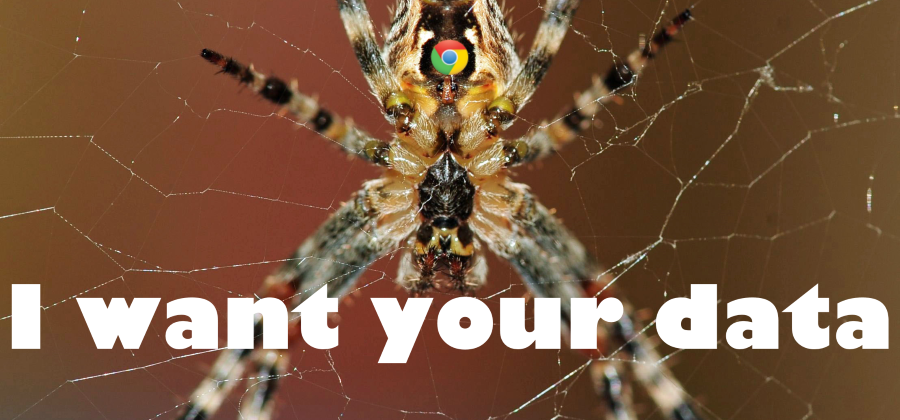SEO Image Optimization
Images are one of the most important elements of a website. Adding both visual and data information to a website, properly executed images create attractive design and customer loyalty to websites.
Images are also used by search engine spiders to decide how to distribute your content. SEO image optimization is all about giving these search engine spiders the best possible information related to your images so they can serve the images to the visitors who are looking for that type of content. This can be very beneficial for products and services.
Let’s cover how to optimize your site’s images. First of all, it is important to start at the very basic level when optimizing images and that is at the image file name. Start with an image that is sized properly and ready to go into the site, and name that file with a descriptive sentence with keywords related to the page/brand/product the image is associated with. It could look like this:
or
sunnysdrycleaningstainremovalpicwine.png
or
sallydollsgirlstoyslittleemmapinkdress.jpg
You get the idea, make the name of all the site pictures as semantic or detailed as possible to give the search engines good hooks to pull on when digging for images to serve up, such as in http://images.google.com/

Next, we will focus on uploading the image into the website and filling out the alt tag. The alt tag is important to SEO image optimization because it offers much more usability on your website to those who are viewing the web and your site using traditional browser and text-to-speech software. There is an interesting article about How Blind People See the Internet, that I think is worth reading to understand the importance of the alt tag. The alt tag is what the text-to-speech software uses to audibly describe what an image is. So if your image alt tag is “image-123” that is what your visitor will be hearing using the text-to-speech software built into modern day browsers. Instead of confusing visitors, put some descriptive terms in the alt tag. Using our examples from above:
or
img src= “sunnysdrycleaningstainremovalpicwine.png” alt = “pic of Wine Stain Removal from Shirt Sleeve by Sunny’s Dry Cleaning”
or
img src= “sallydollsgirlstoyslittleemmapinkdress.jpg” alt = “pic of Little Emma in a Pink Dress part of the Sally Dolls Collection”
That will bring up the proper description when read out loud and offer a good hook to find it in search results.
Finally, a link can be added to the image either to a landing page or another area that makes sense from a UX perspective. On this link a title tag can be added that is similar in information to the alt tag, but can be seen when hovering over the image and indicating that the image is a link to another area. Using our examples, here is how the title tag would play into SEO image optimization:
or
a href= “example.com/services/stain-removal/wine-stains” title = “Click to visit wine stain removal by Sunny’s Dry Cleaning”
or
a href= “example.com/products/sally-dolls/little-emma” title = “Little Emma in a Pink Dress part of the Sally Dolls Collection – Shop Now”
The title tag is a good indicator to the search engines as to what the link is sending the visitor to, and whether that fits with what they are searching for. If it is a good fit and the customer spends a lot of time on the site clicking through and reading, then that website is rewarded in return.
Try out these tips on SEO image optimization, and then check Google Images a few days later to see if your images are indexing. To do a check, just copy the alt or title tag and paste it into the search at https://images.google.com/ and hit enter. Scroll down the page and find your image. This verifies the hard work is paying off and the overall website SEO value is increasing.
Share experiences with image optimization in the comments.




























Leave a Reply
Want to join the discussion?Feel free to contribute!